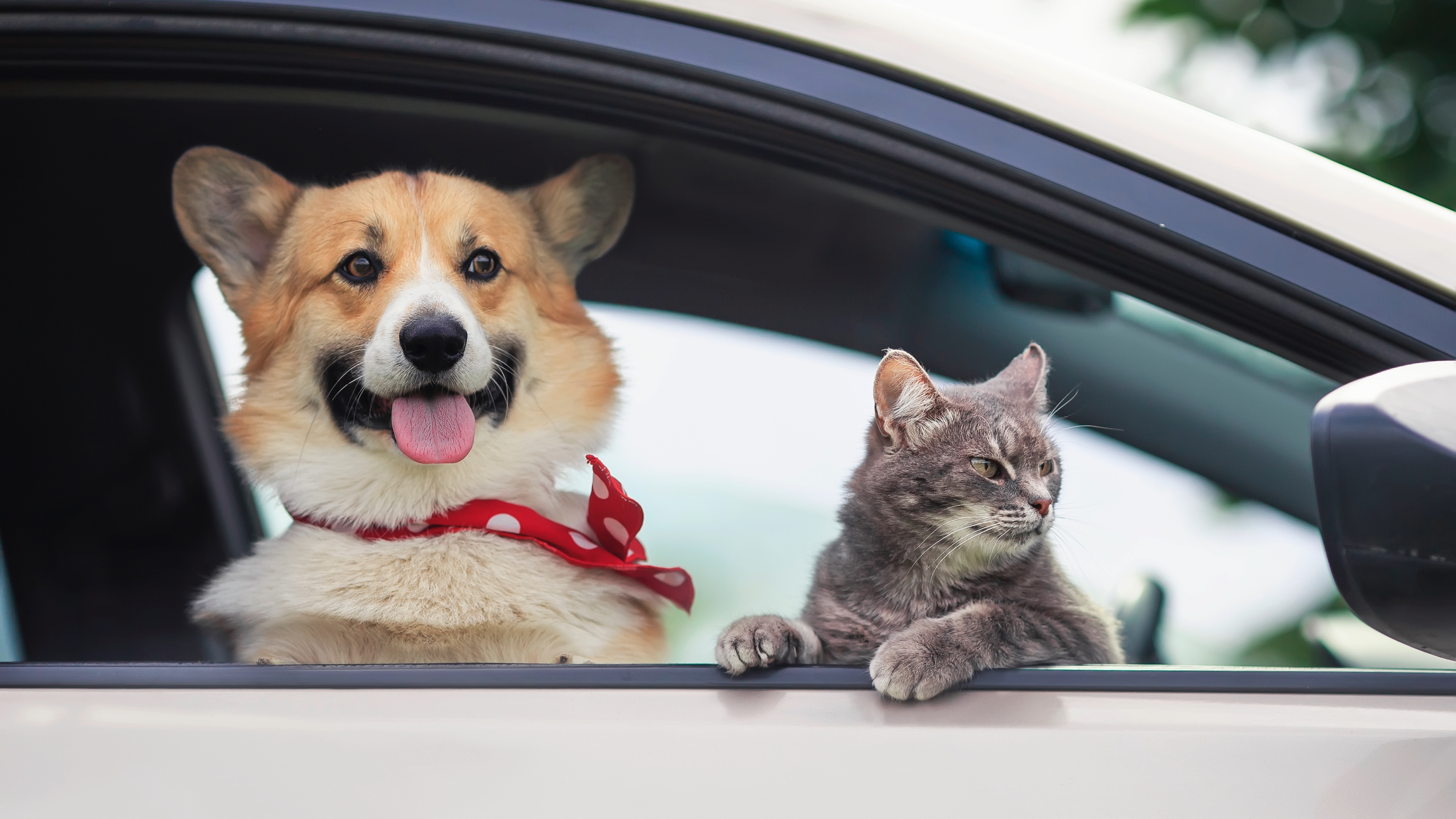
"What could possibly go wrong?" These were the words I blithely uttered to my husband as we bundled our four-year-old cat, Roxy, into the car for the three-hour journey north. Well, as it would turn out, quite a lot.
Traveling with pets certainly has its perks. You don't have to pay for a sitter or try to find last-minute accommodation in a cattery and you also don't have to be separated from them, which, if you're as attached to your pets as I am to mine, is pretty darn wonderful.
But our canine companions and feline friends aren't always as fond of adventure as we are. In our case, a family emergency took us out of town at very short notice for several weeks and we had no choice but to take Roxy with us. And boy oh boy did she let her displeasure at this be well known.
Not only did our outdoor-loving cat manage to escape in the second week, leading us on a wild goose chase around the neighborhood, but she also meowed pretty much 24/7, ensuring none of us got any sleep.
You probably have very good reasons to take your pet on vacation (perhaps they actually enjoy it) but to help ensure it's all smooth sailing, here are 32 things I wish I'd known before I set off — and a few other tips that I hope will come in handy.
Who knows, sharing my hard-won wisdom with you might just set the stage for a peaceful and harmonious trip. And if not, there's always chocolate (for your frazzled nerves that is, not theirs!)
1. A new house is a big deal
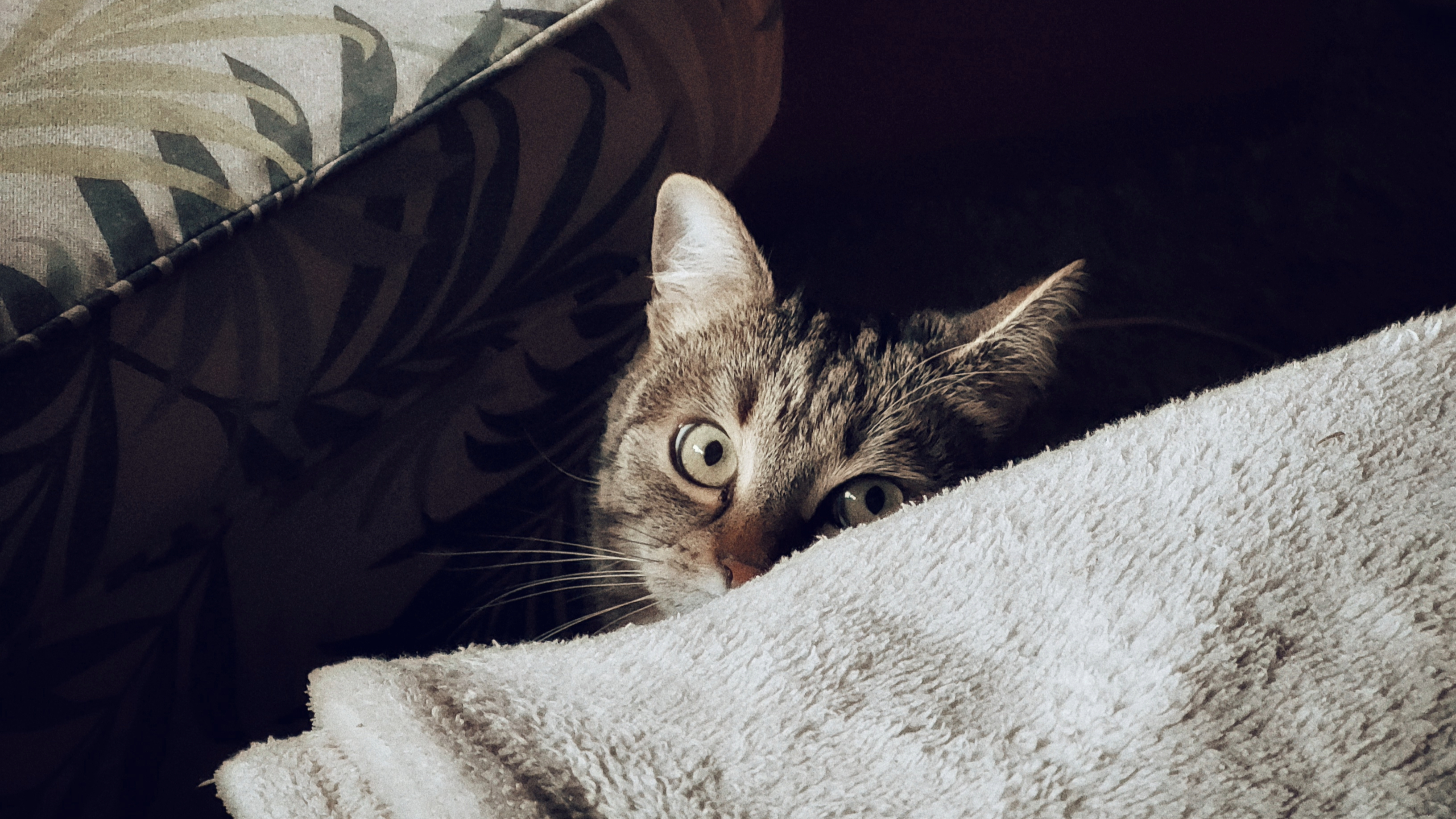
If you have a pet, then you're likely very aware that most animals don't like change. Granted, there are some exceptions to this — many of the best cat breeds for extroverts, for example, are highly social, outgoing, and adventurous and are more than happy to travel to new places.
Introverted cats and dogs, however, prefer stability and routine, so a new environment can be stressful. Roxy doesn't like going into a cattery and even though we were with her in our temporary location up north, she didn't enjoy that either. She's definitely a cat that doesn't like change and I'm glad we're aware of that now.
2. Some pets are better at car travel than others
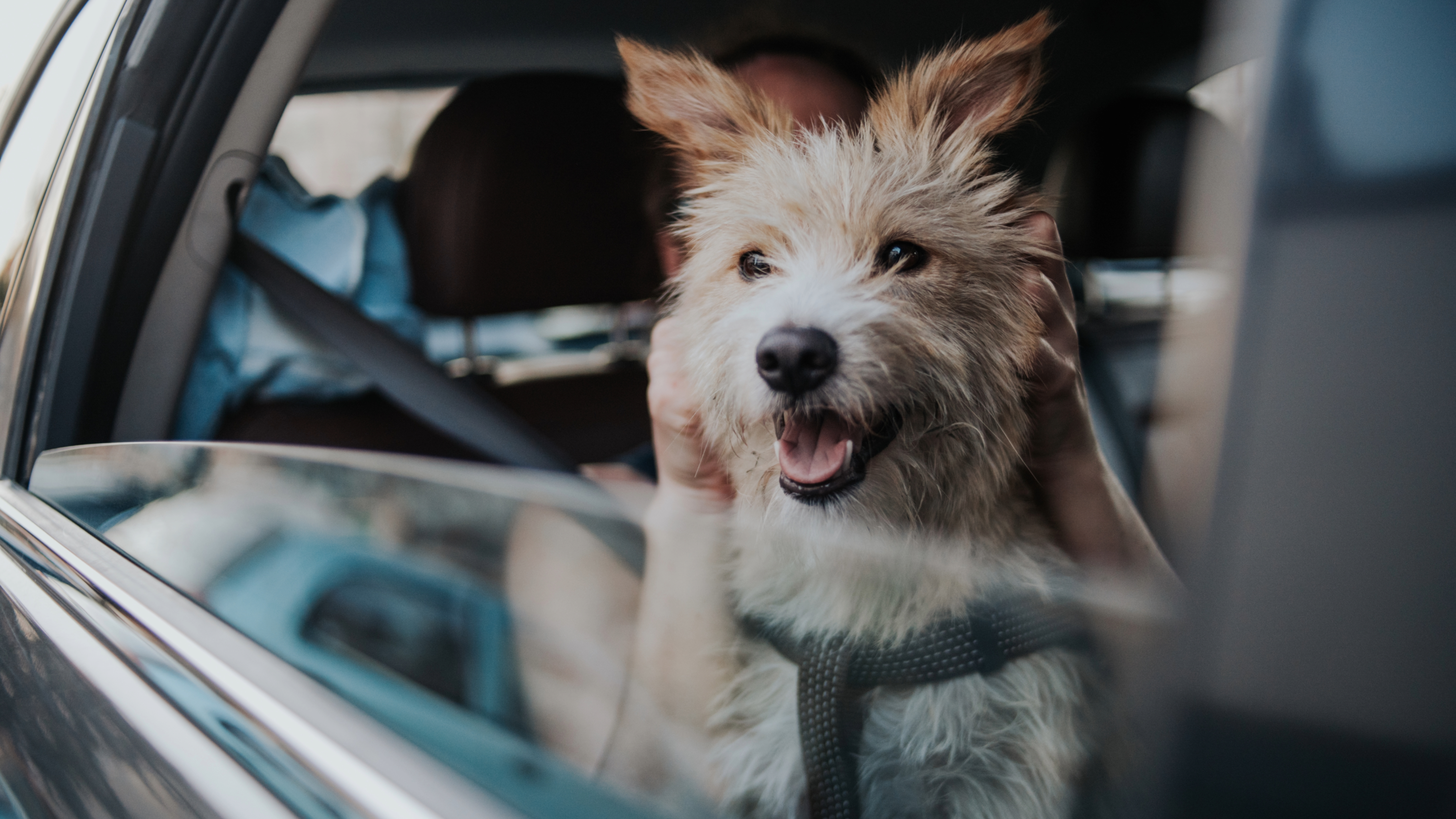
I have to hand it to her, for a cat that doesn't like change, Roxy is a pretty outstanding car traveler. She'll give a brief protest but then she tends to settle down in her carrier and sleep the whole way. Some pets are like that, which makes car journeys that much easier. And then there are the pets who get motion sick (yes, that's a thing for animals, too!) or just hate being on the move.
Regardless of what category your pet falls into, I find that making their crate or carrier a cozy space (think familiar toys and blankets) plus covering it over with a blanket can really help to reduce stress levels.
3. Expect them to voice their displeasure

When it comes to the cat breeds with the biggest meows, Roxy is right up there. Now, I don't want to be all dramatic and say there was never a moment when she was quiet – she exhausted herself into a deep sleep at least once a day – but boy oh boy did she cry a lot.
Her stress and anxiety made me feel stressed and anxious as I hated seeing her so unhappy. But I also knew we were doing everything right and that taking her with us had been the best option. If you find yourself in this situation, know that it's normal for pets to voice their displeasure. Also, repeat after me: I am a good pet parent.
4. Don't underestimate the importance of familiar comforts
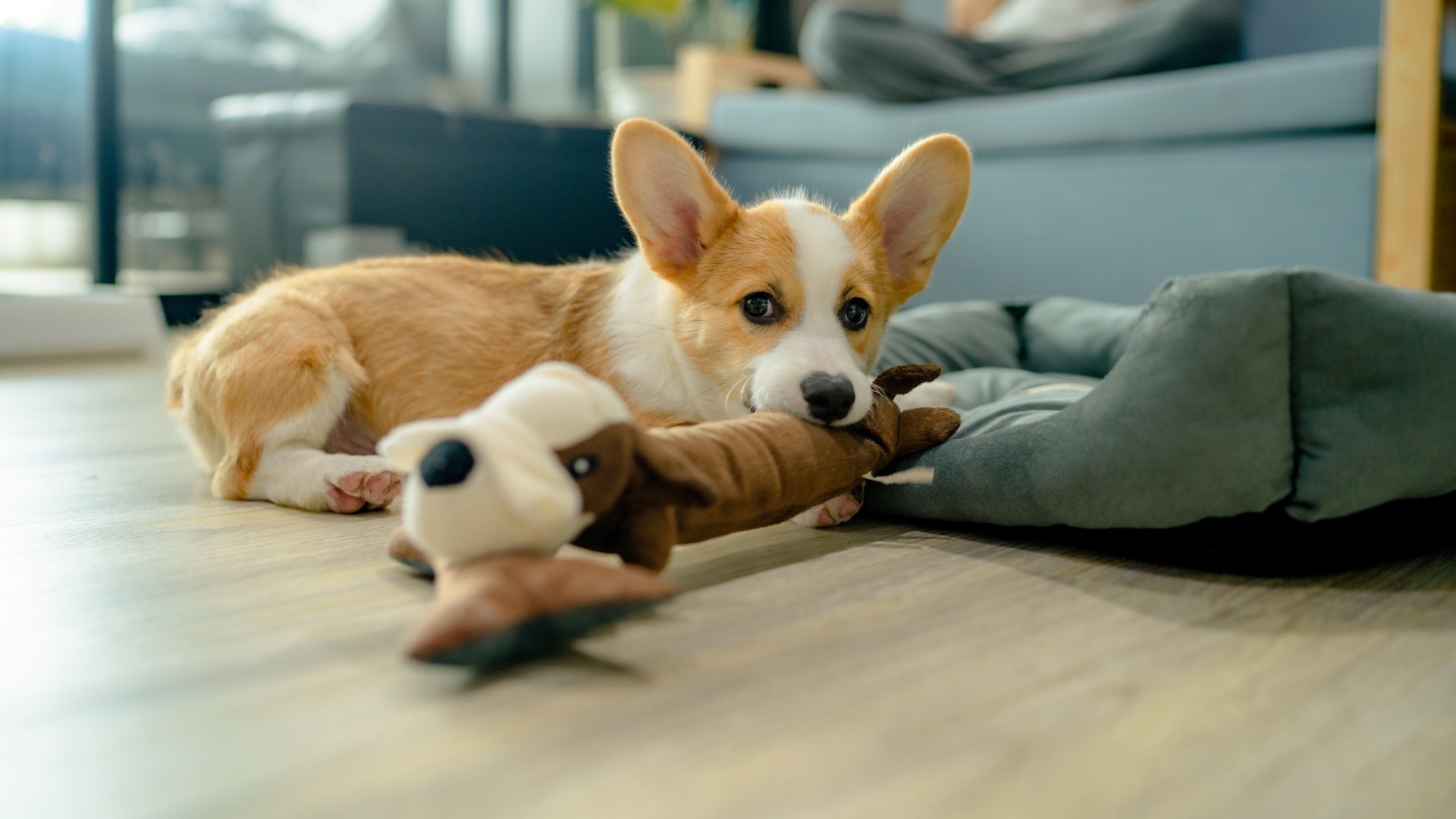
Does your pup have one or two favorite dog toys? Is your feline friend particularly attached to the best cat scratching post you have in your house? It can be really helpful to take a couple of familiar items with you when you're traveling as you'd be amazed how much these can provide your pet with a piece of home and help soothe frazzled nerves.
5. Show them some extra love
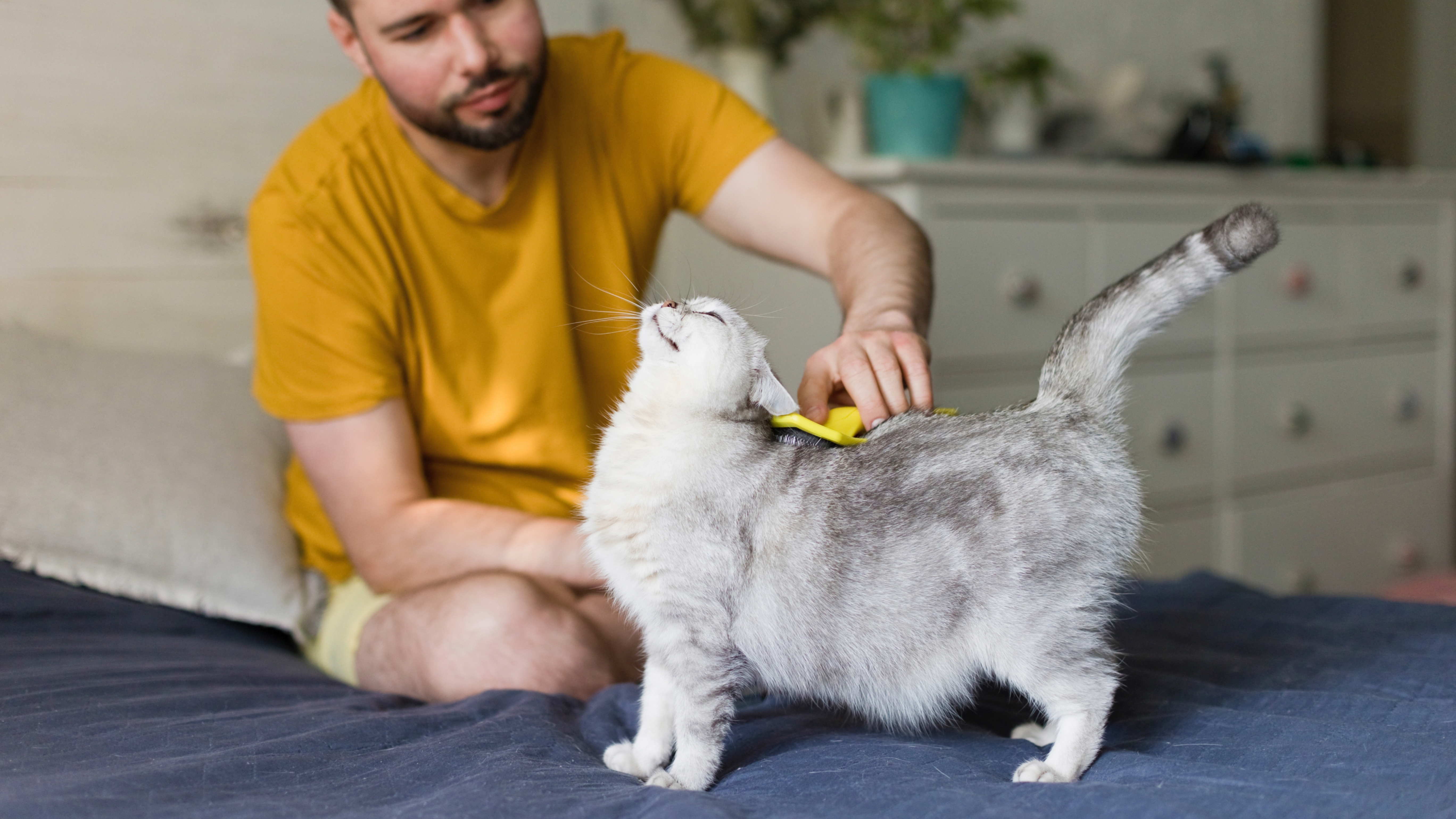
Does your cat love being brushed? Is your pup a huge fan of snuggles on the couch? Showing your pet some extra love while you're both away from home can help make things a little easier. Plus, it's a great way to strengthen your bond with your cat or improve your relationship with your dog.
6. Stick to a routine
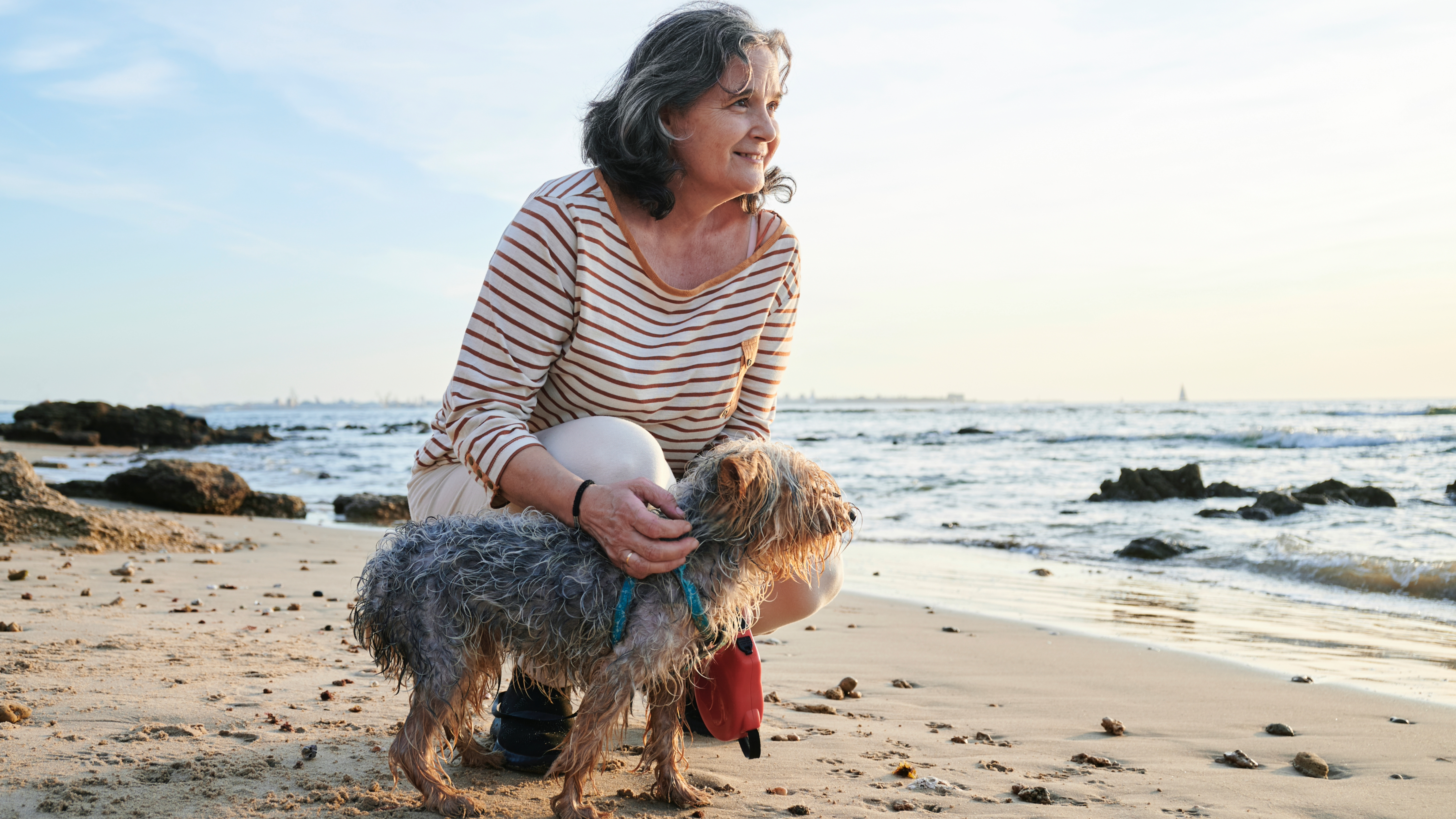
Most pets thrive on a predictable routine, so even when you're away from home, try to stick to this as much as you can. If your dog knows that they can expect two walks a day, try to keep those up. If your cat expects their dinner at set times, keep those fixed in place. These may sound like small things but they can go a long way in helping our pets to feel settled and happy in their new surroundings.
7. Make sure their microchip is up to date

If we move house or change our contact details, it can be easy to forget to update those on things that concern our pets. Before you head off, ensure your dog or cat's microchip has the correct information on it so that you can be reached if you and your pet get separated while you're traveling.
8. Keep on top of flea treatments
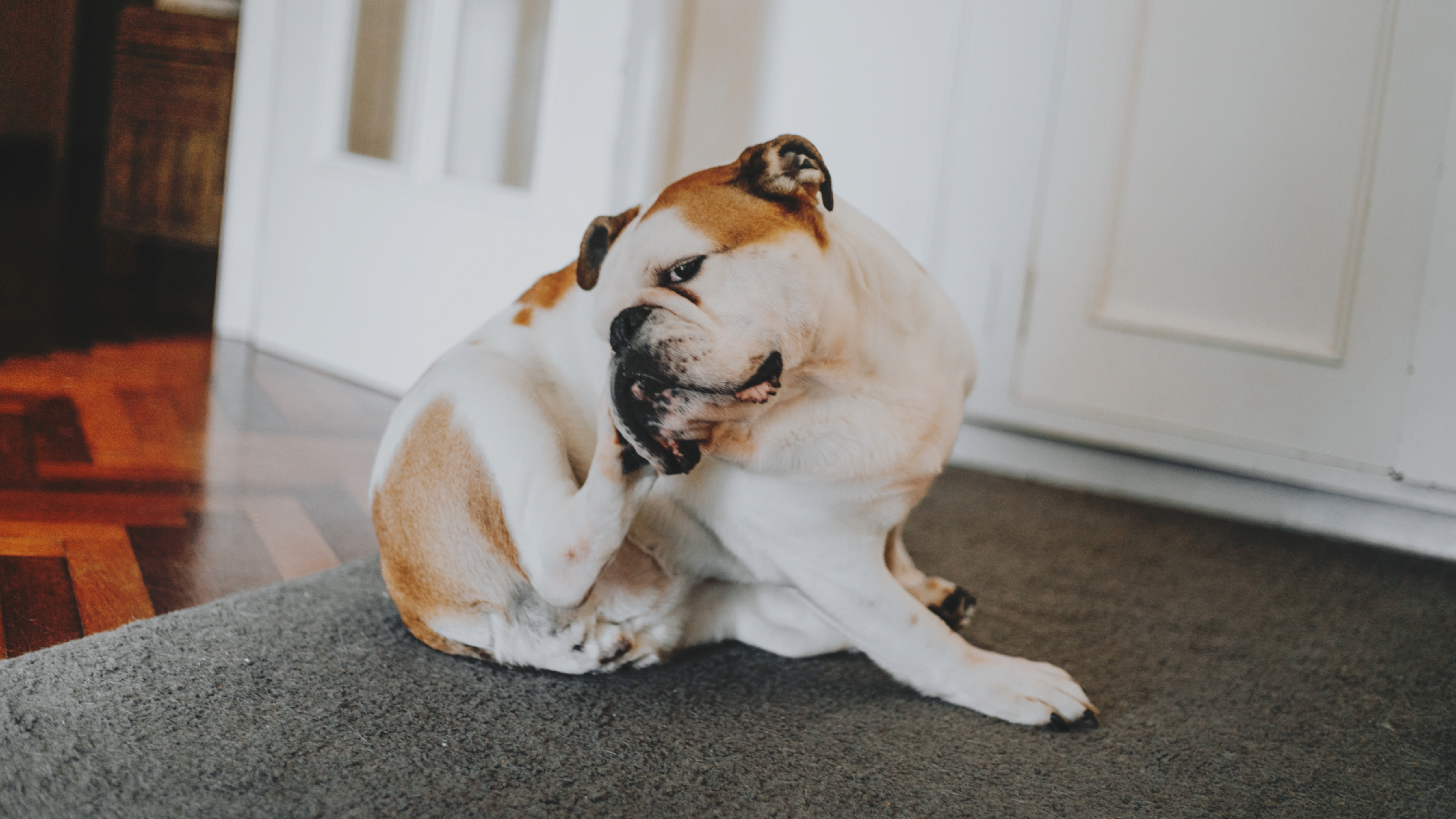
They may be small, but fleas can cause so much damage to the health of our pets. The best flea treatments for dogs and the best flea treatments for cats are real lifesavers when it comes to keeping pesky parasites at bay. I highly recommend you keep on top of these treatments, particularly if your pet has access to the outdoors.
9. Don't change their diet
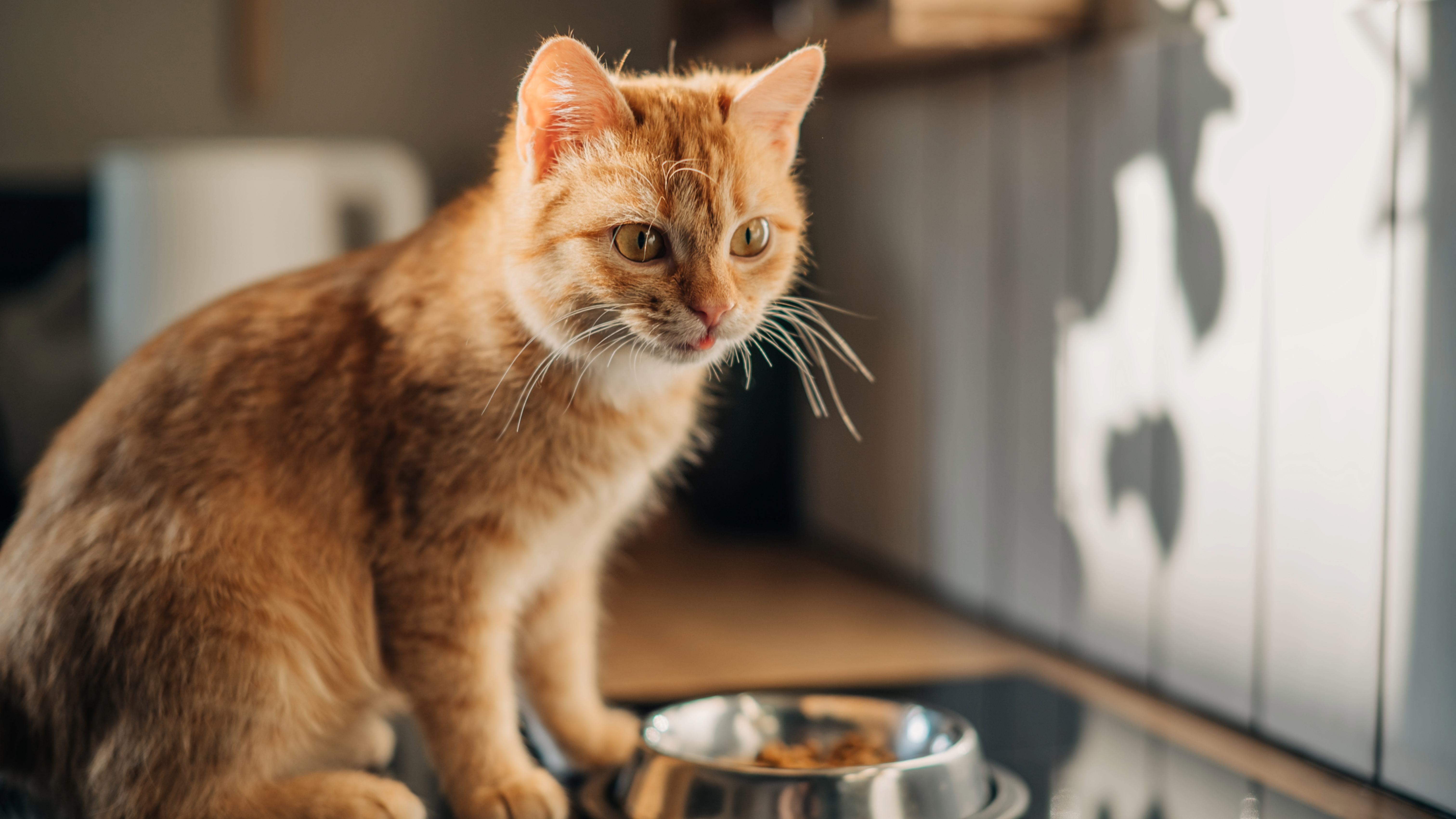
Sudden changes in diet can be stressful for our pets, especially if that change comes on top of a series of other changes. If you've been feeding your fur friend the same food for a long period of time, make sure you take this with you. A change of environment is enough for most animals to cope with and having the same food dished up can offer a sense of comfort.
10. Ensure they know where to go to the bathroom
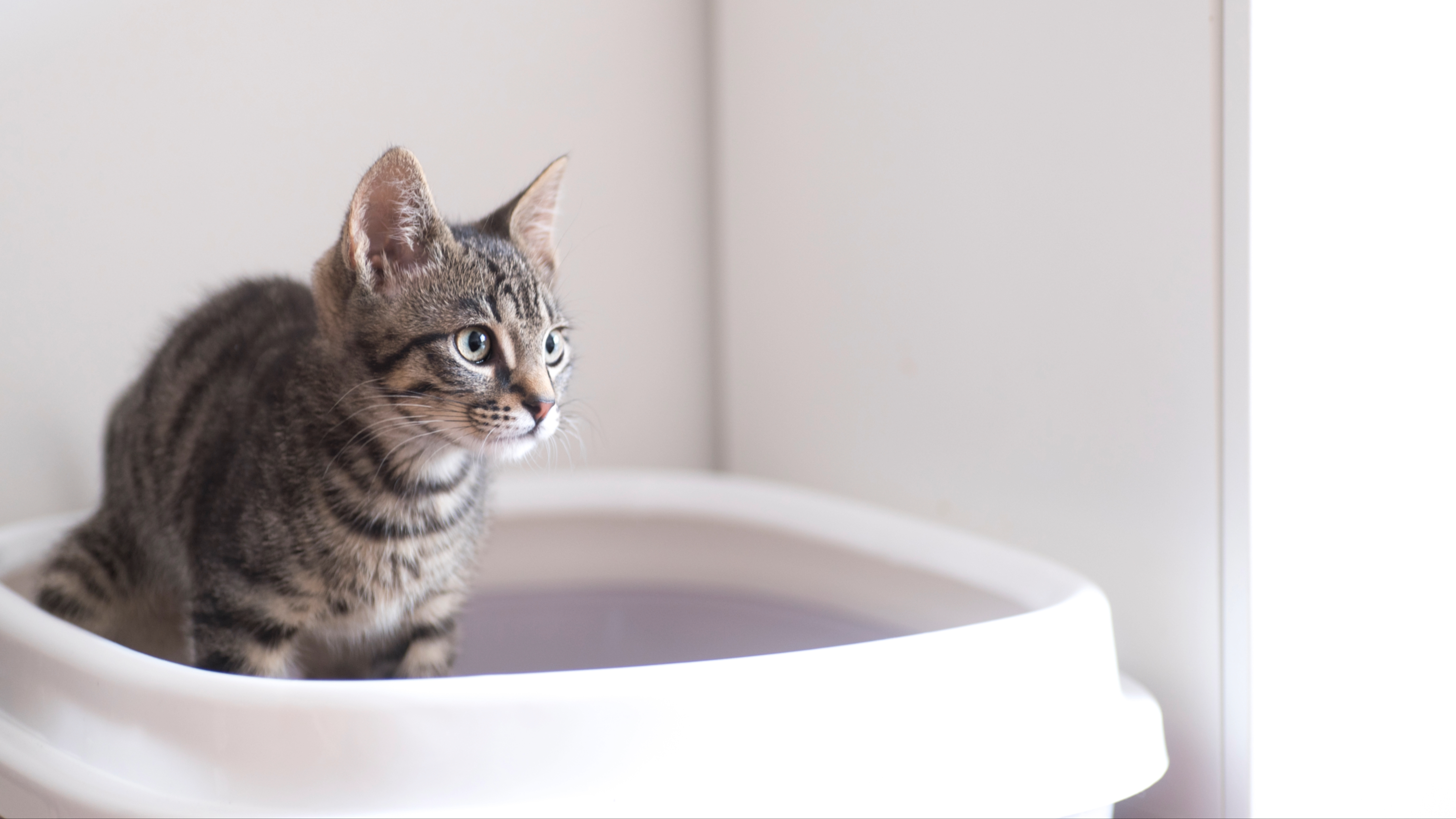
Even though it definitely contributed to a car that was packed to the rafters, I'm so glad we took Roxy's litter box and cat litter with us. We put it in a very quiet spot in the house and made sure she knew where it was. Even though I know being in a different environment was hard for her, she didn't have a single accident while we were away and I attribute that to her having a litter box that smelled like her and litter she was used to.
12. Use a pet carrier
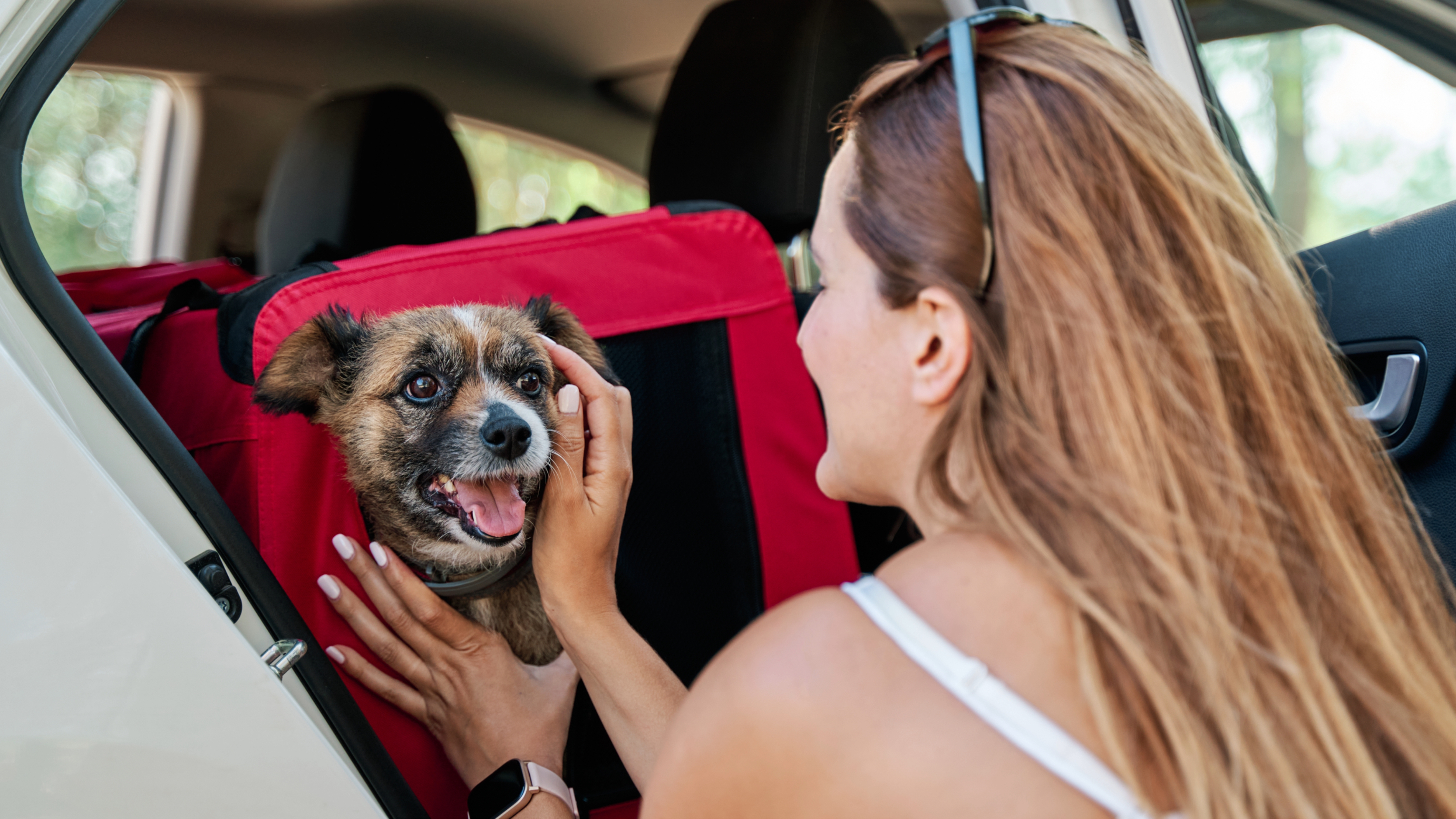
Whether you use a dog crate or a cat carrier, I always recommend that you have your pet in something secure while you're transporting them from A to B. If you choose to opt for a crate, this can also be used as a safe and cozy sleep spot during the night.
13. Keep their collar and tags on
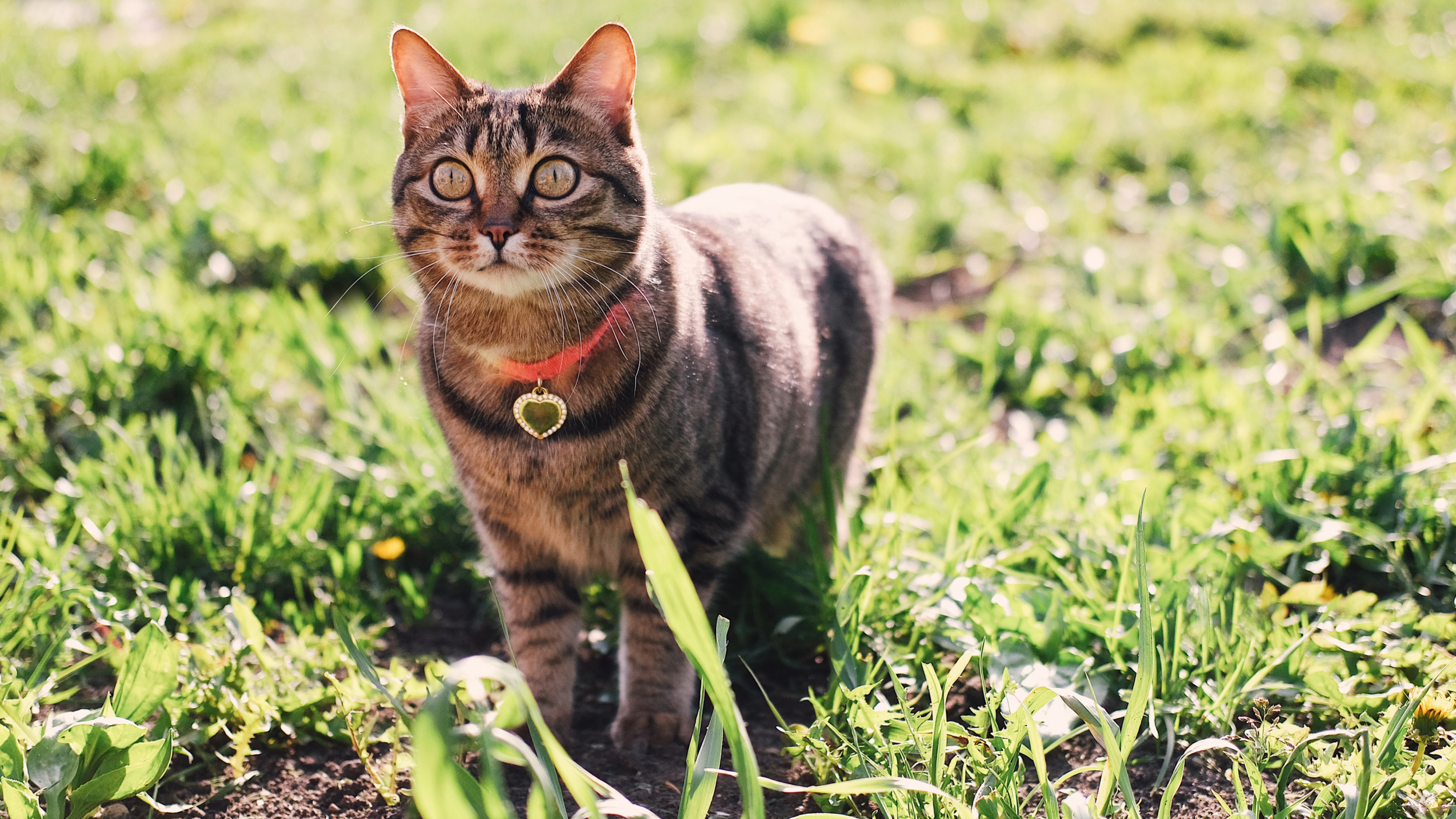
While some cats and dogs never roam far, there are some cat breeds that prefer being outdoors and some outdoor dog breeds that would quite happily frolic in nature's big backyard from dawn until dusk. If you have a pet who you know tends to favor being outside, it's worth keeping their collar and name tag on at all times. This way if they get lost, whoever finds them will know they're a treasured family pet and can take them to the vet to get their microchip details checked.
14. Provide them with comfort breaks on long trips
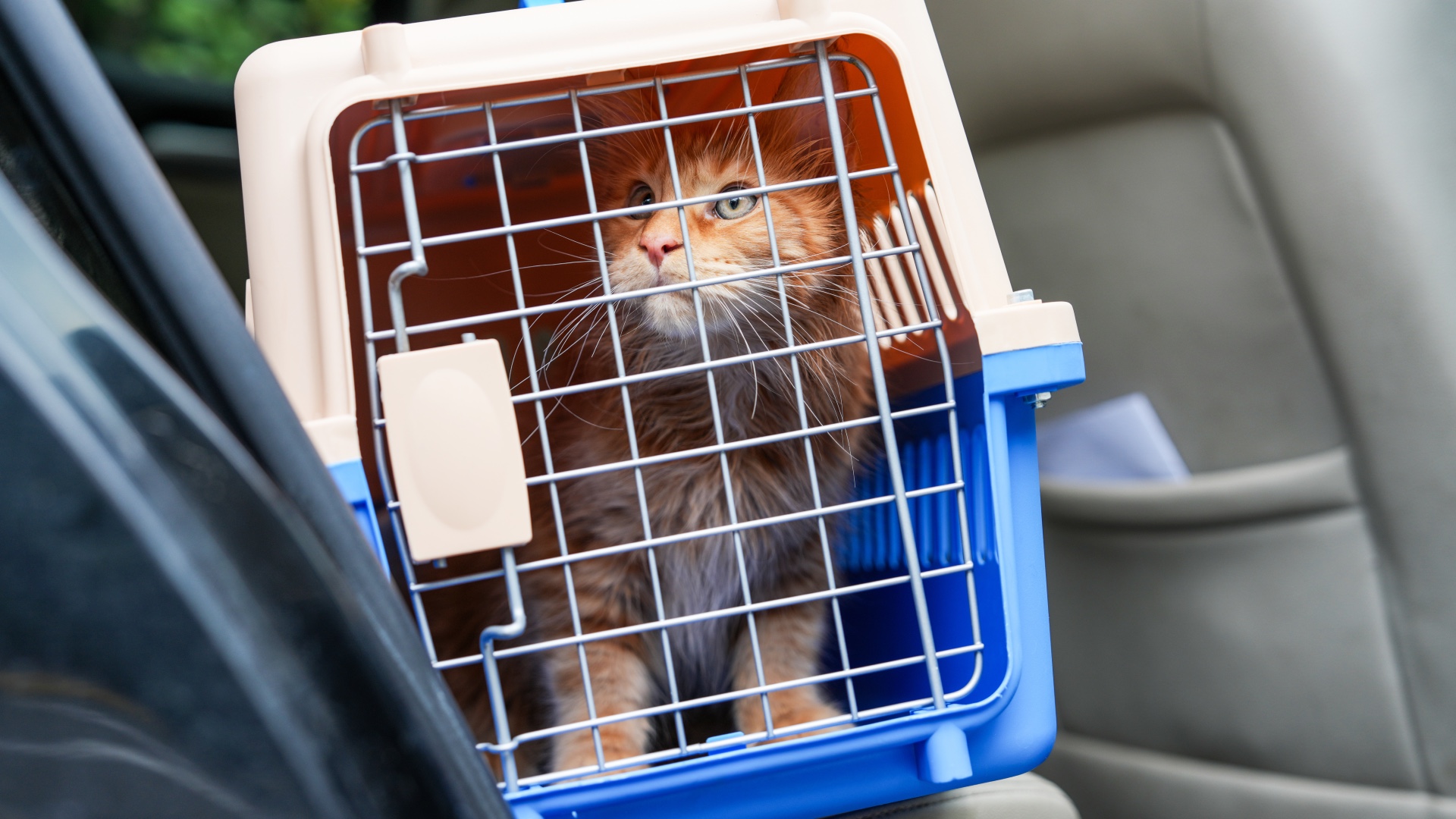
I don't know about you, but I can't go longer than a few hours in the car before I need to stop, have a bathroom break, and stretch my legs — and that's without being cooped up in a crate or carrier! Always let your pet out of the car for a comfort break when you're traveling. This gives them an opportunity to have a drink and do their business. I highly recommend you only do this when your pup is wearing one of the best dog leashes and your kitty is securely fastened into one of the best cat harnesses.
15. Use calming aids
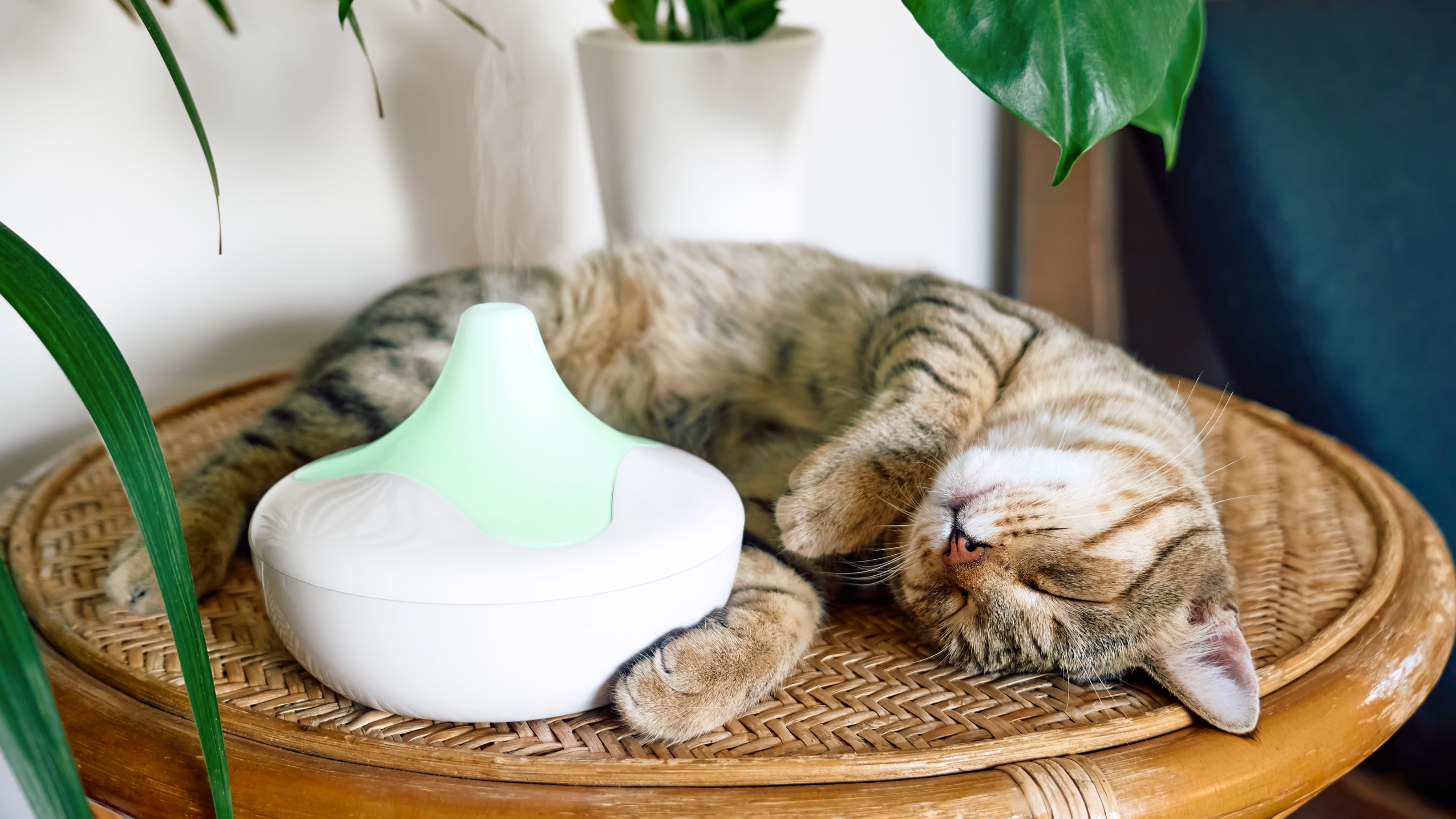
Calming aids get mixed reviews because while they work for some pets they don't work for all pets. However, if you're going to be traveling and you're looking for ways to support a scared or anxious pet, a diffuser that contains calming pheromones is well worth a try.
16. Pack all the necessary supplies
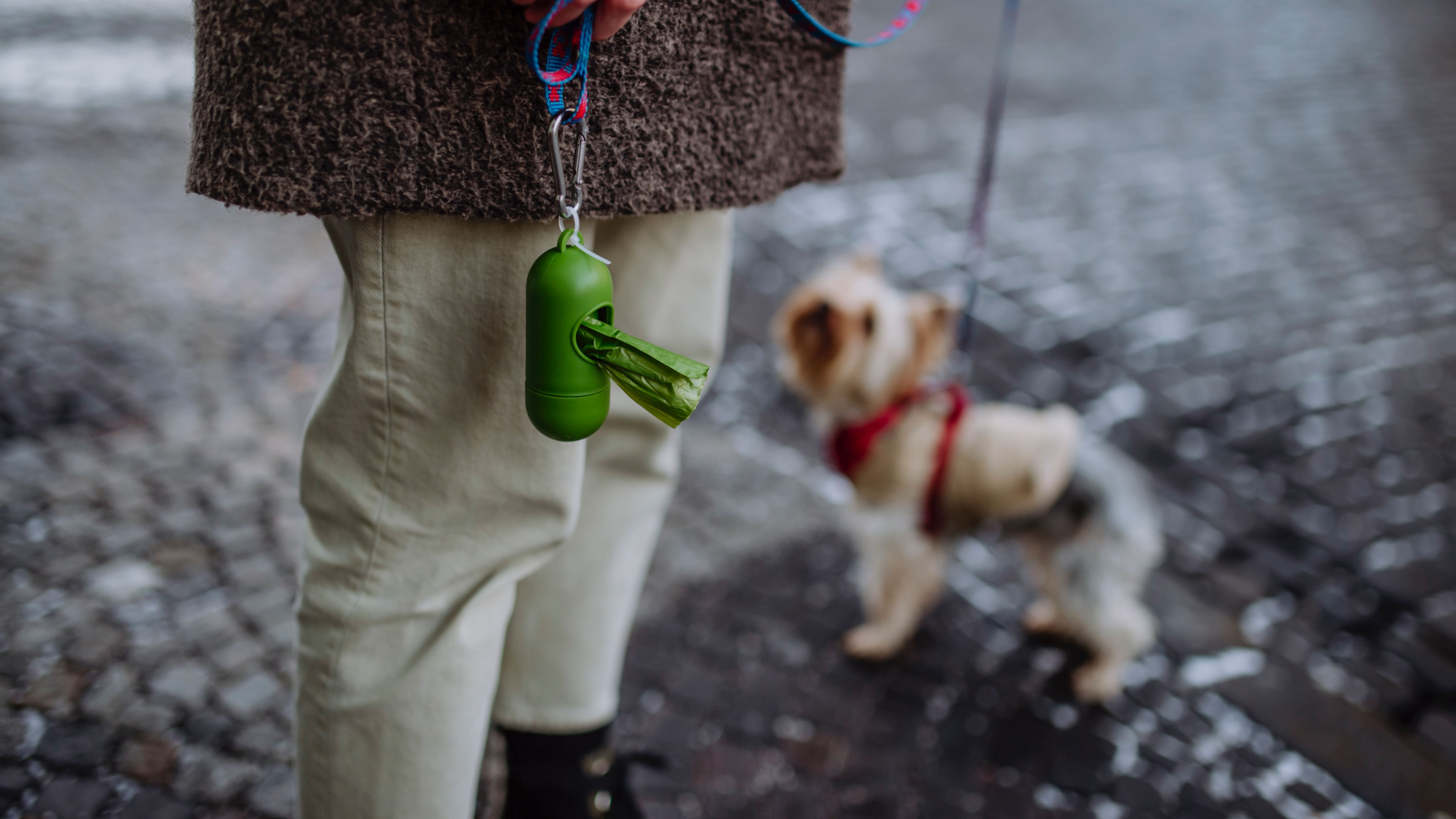
When you're traveling with your pet, it's worth packing extra supplies for your pet above what you think you'll need. Make sure you have their food, bowls, leash, harness, litter box and litter, crate or carrier, dog treats or cat treats, toys and any medication that they're on.
17. Have a pet first aid kit
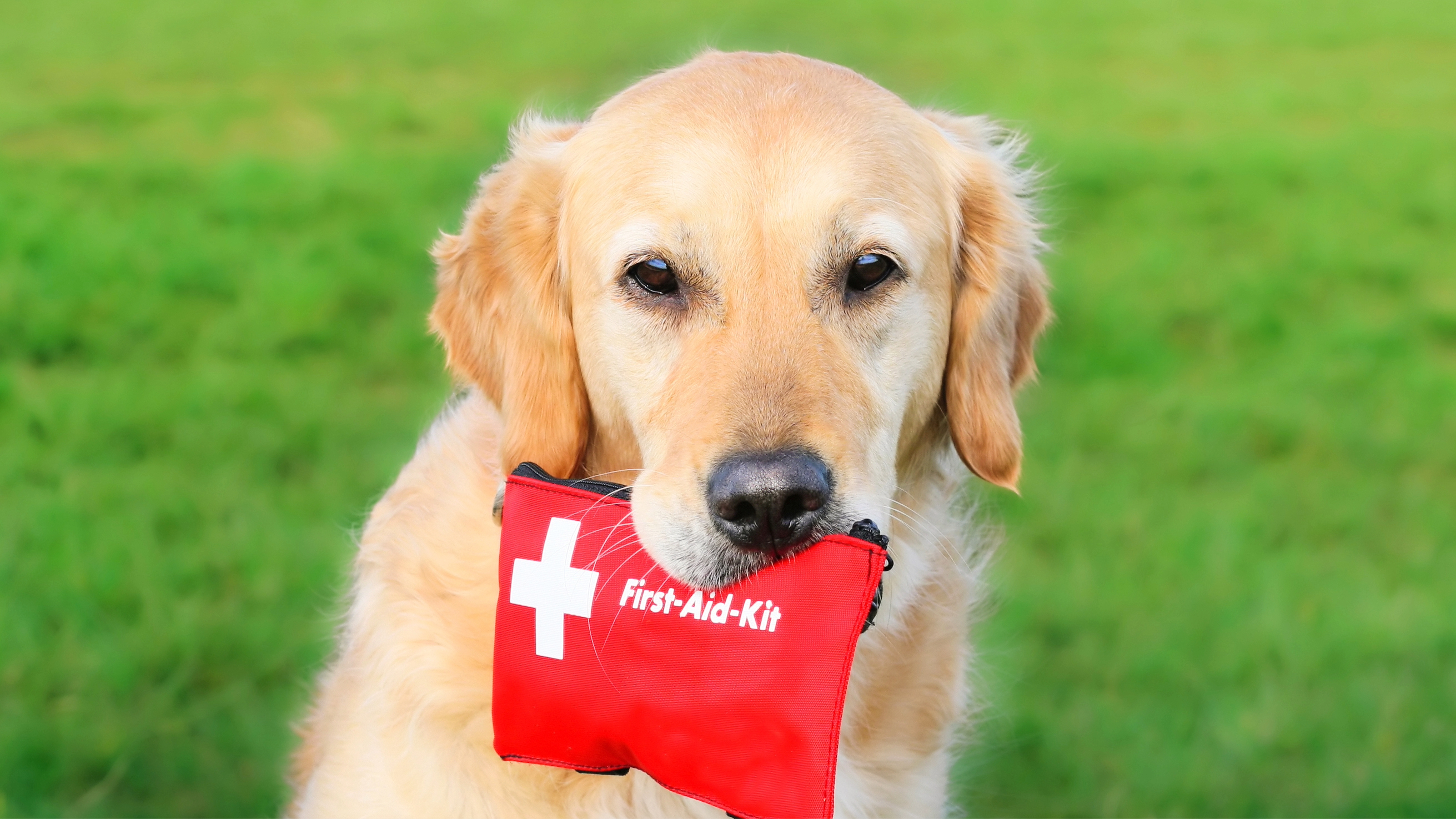
Alongside your own human first aid kit, it's worth packing first aid supplies for your pet, too. Things like bandages, sticky tape, a box of sterile absorbent gauze, blunt ended scissors, a thick towel and one of those Elizabethan head collars our pets love so much, will be really helpful until you can get your fur friend to a vet.
18. Be calm and patient

Trust me, I know how frustrating it can feel when your cat is meowing the house down or your dog won't stop barking. Sometimes all you want is a moment of peace and quiet. But try to remember that transitions are hard on our pets and being vocal or behaving in ways they wouldn't normally are the only options they have when it comes to trying to communicate with us about how they're feeling. If you're looking for ways to be the best cat owner or dog owner and score some major brownie points with your fur friend, try to be as calm and as patient with them as you can be. I promise you, it will help.
19. Play with your pet

Whether it's using some of the best interactive cat toys to engage in some shared playtime with your kitty or having a game of fetch or tug with your pup, I can't stress enough how important it is to keep up your play routine with your pet. Whether it's mental or physical enrichment, exercising both their brain and their body each day will help lower their stress levels and prevent problematic behaviors such as over-grooming and scratching and chewing of furniture.
20. Ensure they have a quiet area to retreat to

How important a quiet space for your pet to retreat to will very much depend on where you're traveling and who you'll be staying with. When we went to stay with family, there were eight of us sharing a house – including two children and a baby – so it was often very loud and very chaotic. Because of that, it was vital that Roxy had a calm space she could retreat to where she wouldn't be disturbed. I'm so glad we invested in one of the best cat trees because the hammock became her absolute favorite place to chill out in.
21. Research vets
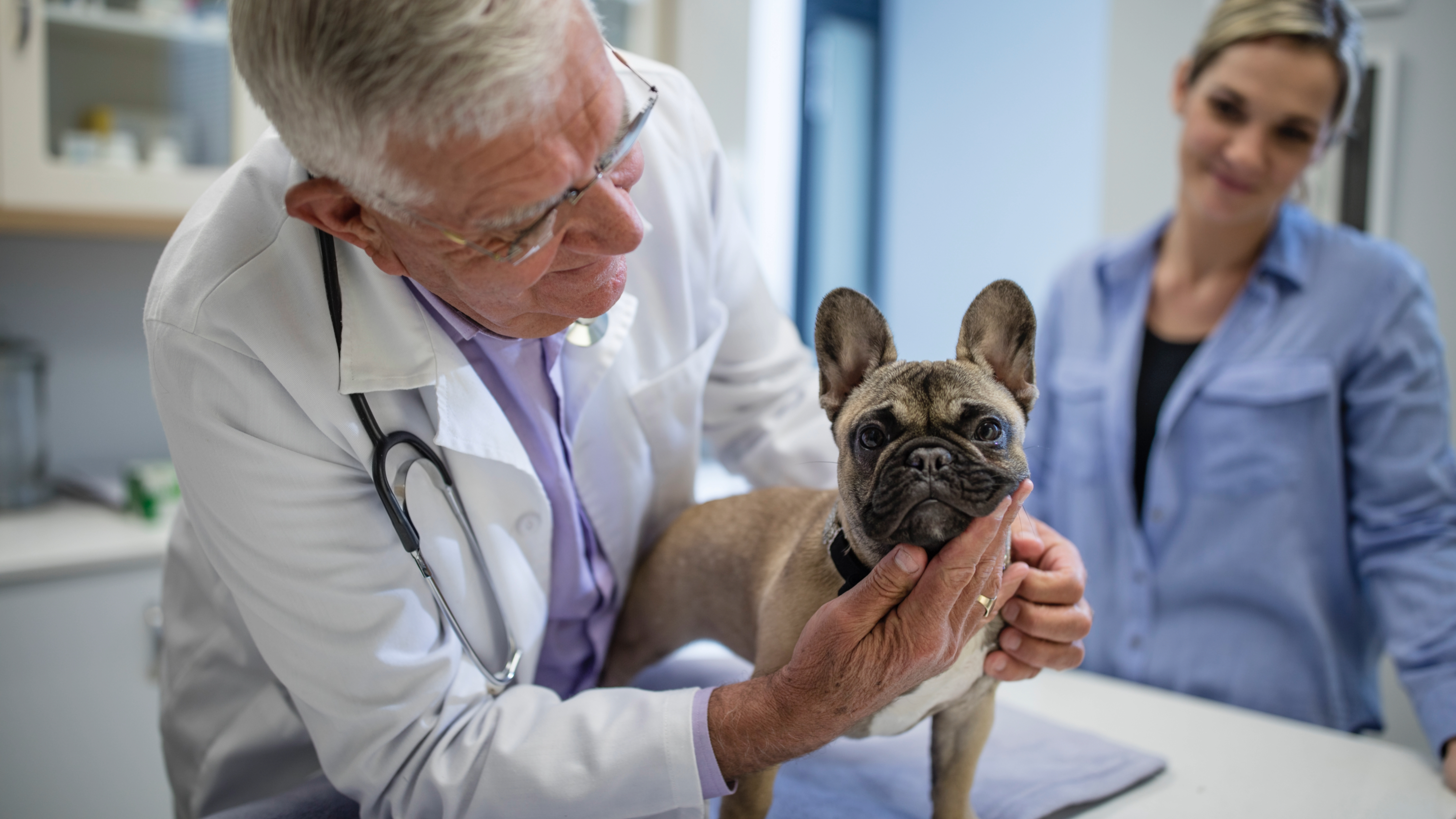
While your pet no doubt has a local vet they go to when you're at home, it's worth researching vets in the area that you're going to be staying in and making a note of their contact details in case your pet requires medical care.
22. Provide them with lots of mental enrichment

We often think of exercise in terms of physical movement — such as taking our dog for a walk or using a teaser wand to play with our cat. But exercising your pet's brain is also super important and shouldn't be overlooked. The best cat puzzle feeders and dog puzzle toys are a brilliant way to give their mind a good workout and provide them with some much needed enrichment.
23. Let your pet go at their own pace
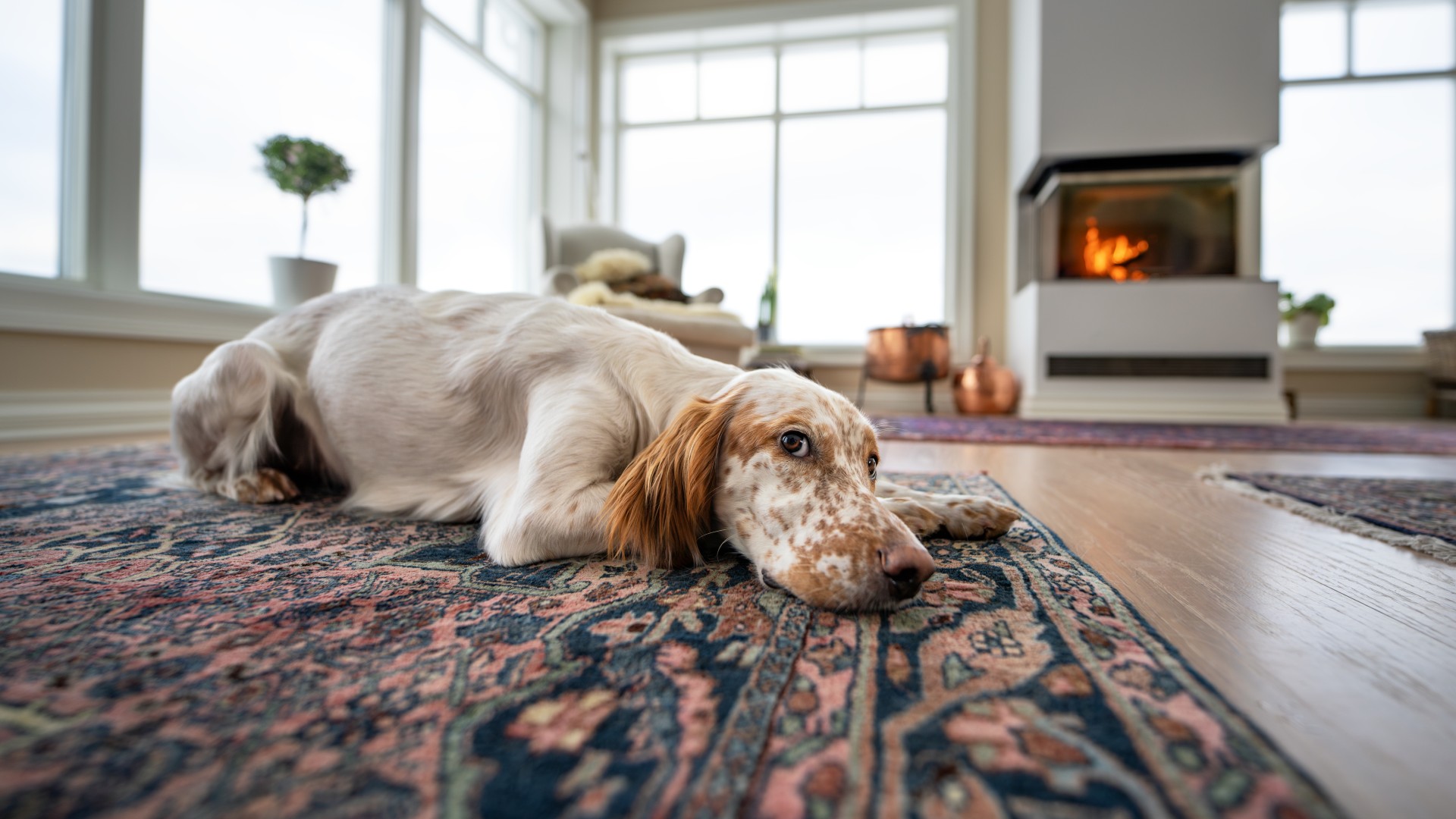
Some pets will settle into their new environment almost instantly as long as they have you with them and a few creature comforts from home. But for others, particularly those who are prone to anxiety, it may take them much longer to feel comfortable. Let your pet go at their own pace and try not to worry if you notice them hiding away or being quieter than usual, this is simply there way of adjusting to what for them likely feels like a big change.
24. Try not to leave them alone
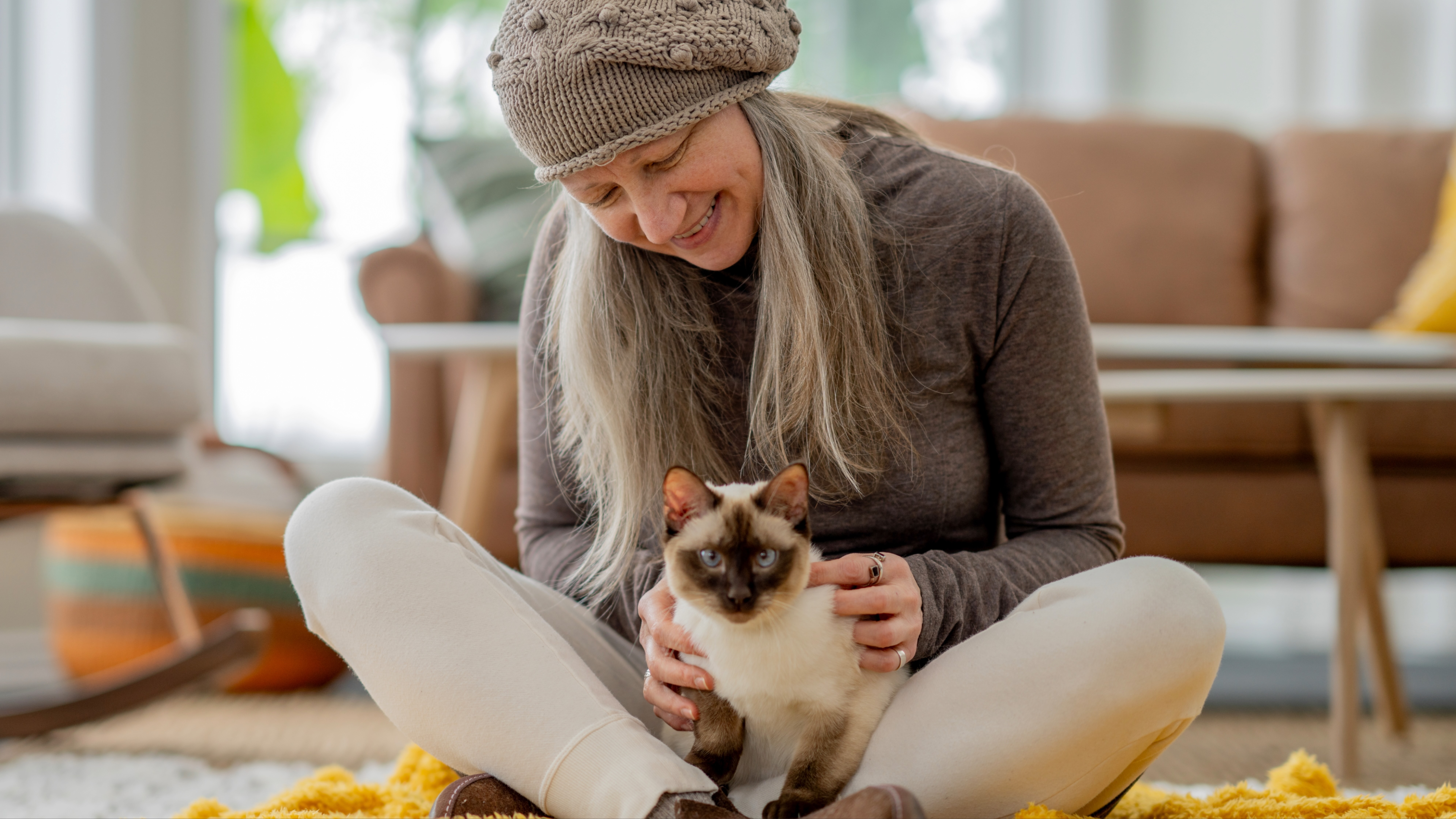
It's completely understandable that you may not be able to be with your pet 24/7 while you're traveling together, but try not to leave them alone for long periods – especially during the first few days of being in a new place.
25. Walk your dog on a leash

Training recall in dogs can take a lot of practice and even if you've managed to master this at home, it's worth keeping your dog on a leash when you're traveling. Your dog may come when you call them every time when they're in an environment that's familiar to them, but new places with strange sights, smells, and noises may cause them to behave in ways they wouldn't normally.
26. Keep noise levels down

Roxy does a brilliant job of tolerating noise (particularly where kids are concerned) but that doesn't mean she enjoys it. Most animals share a preference for quiet and calm environments and this is particularly important when you're traveling as your pet may not have the same ability to tolerate loud noises like they would at home.
27. Reward positive behavior

Positive reinforcement is so crucial as it helps your pet to learn what's expected of them. Negative reinforcement can damage the bond you share with your fur friend, but things like treats, cuddles, playtime, and praise act as both a reward and a way to deepen your connection. Whenever you're traveling with your pet, reward them when they do something you like – that way you're encouraging them to repeat the desired behavior.
28. Understand the rules of your airline or train company
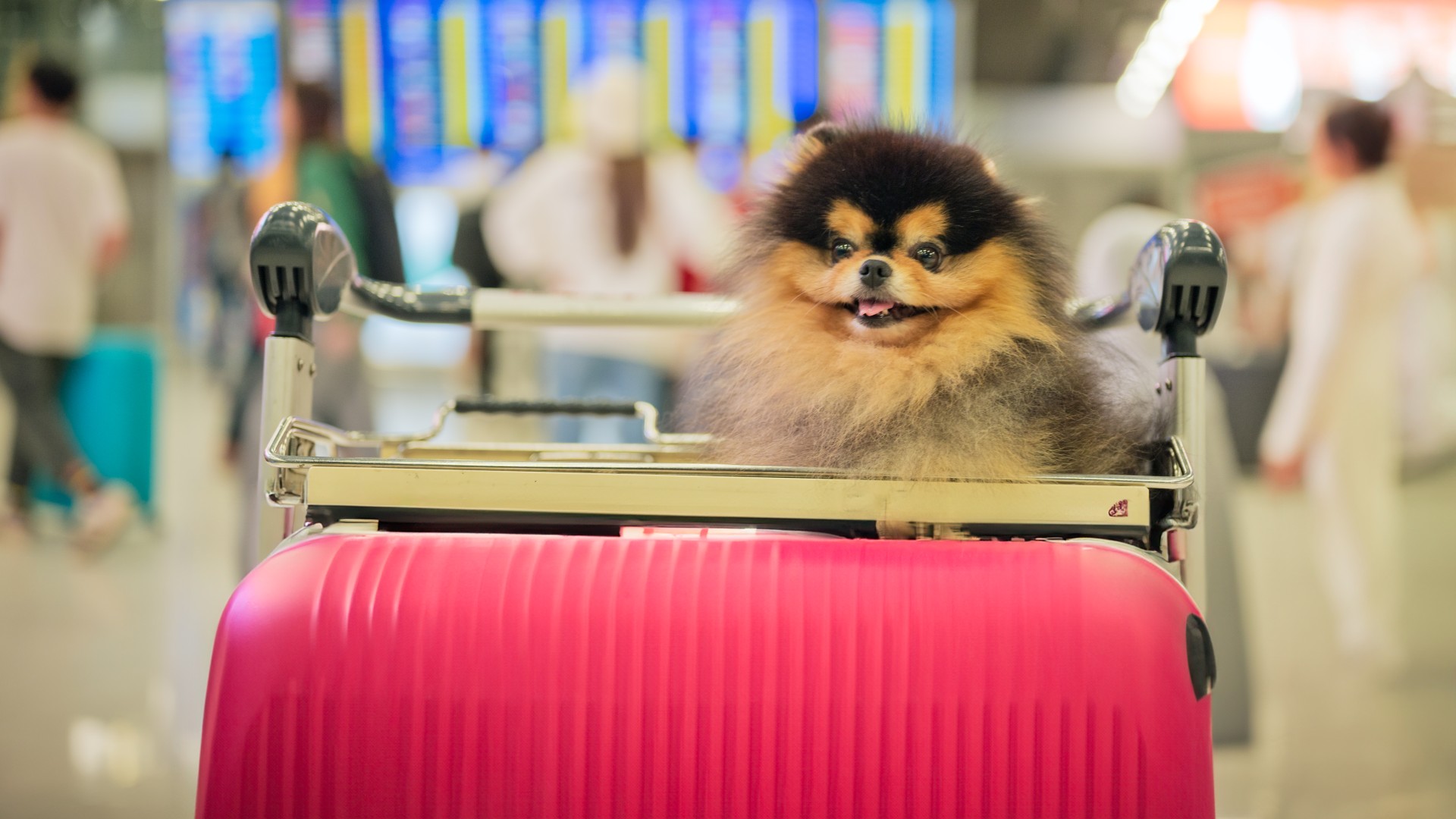
Thankfully, we didn't have to take Roxy on a plane or train to reach our destination – which is just as well as I'm not sure she would have ever forgiven us for that! But many people do travel with their pets this way and it's worth checking the rules of the airline you're flying with or the train company you're using before you turn up at the airport or station. Different companies have different rules around carrier and crate sizing and many require you to make a reservation for your pet and pay a fee.
Here’s some more information about traveling with pets on trains and traveling with pets on planes.
29. Exercise your pet before you travel
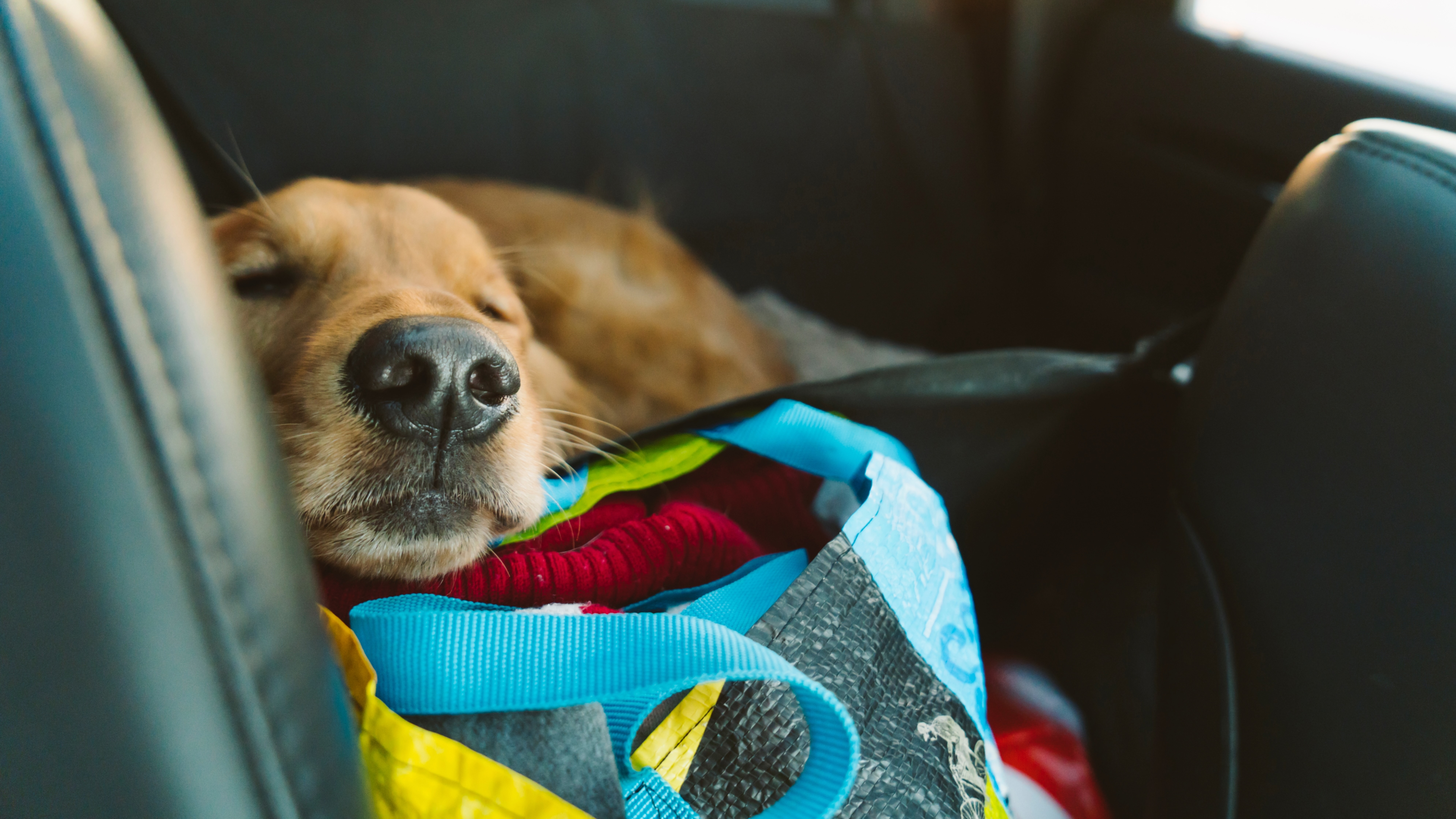
I spent time tiring Roxy out physically before we set off on our three-hour car journey as I knew this would increase the likelihood that she'd sleep the whole way there – which is exactly what happened. Giving your pet's body a good workout before you pop them in their crate or carrier will hopefully mean they'll be tired and in need of a good snooze.
30. Check the weather forecast
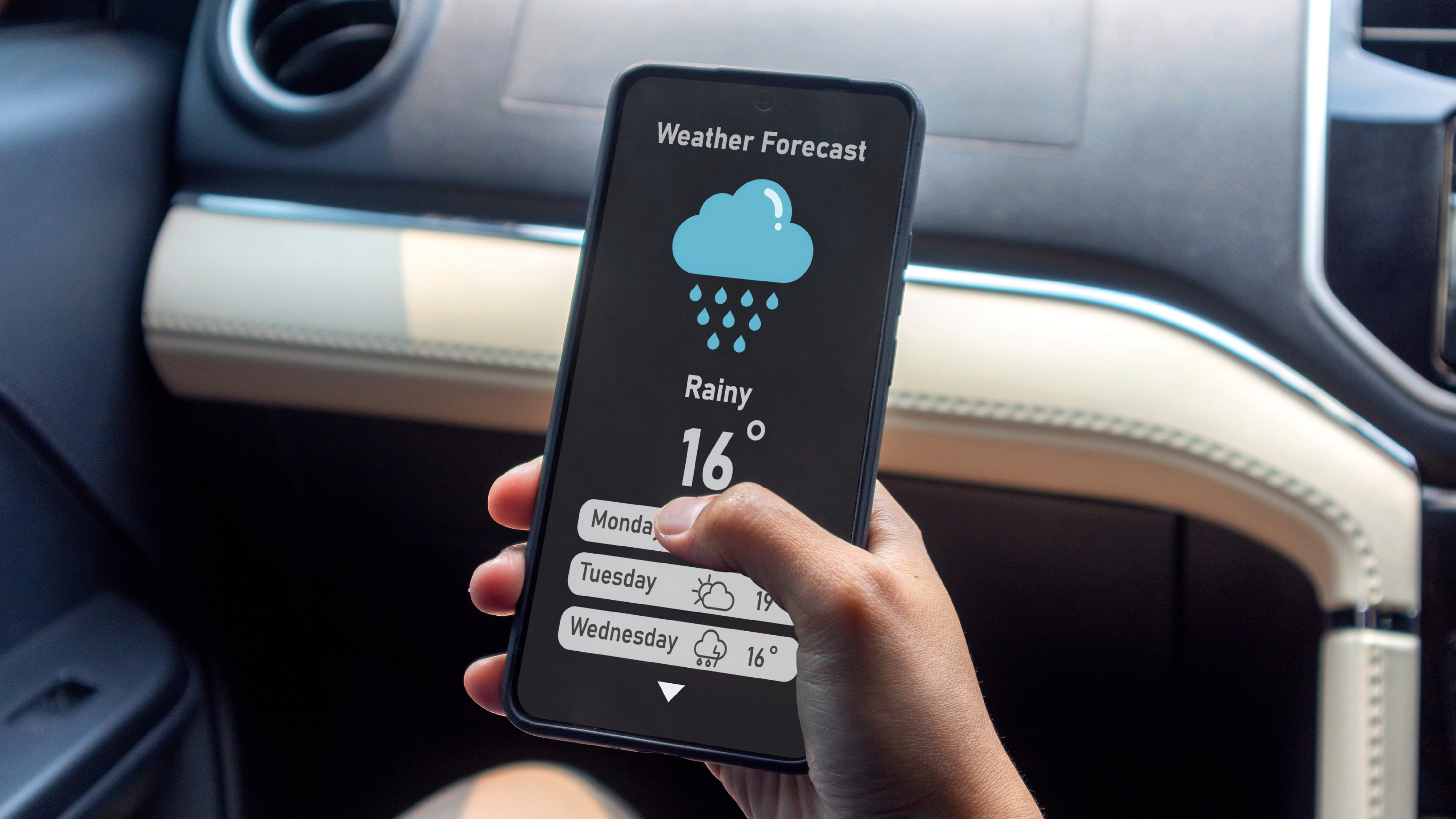
I highly recommend checking the weather forecast of your destination before you set off. Depending on the time of year, it's worth being aware of the various summer and winter hazards you might encounter while you're away and how these could affect your pet.
31. Take a photo of your pet with you
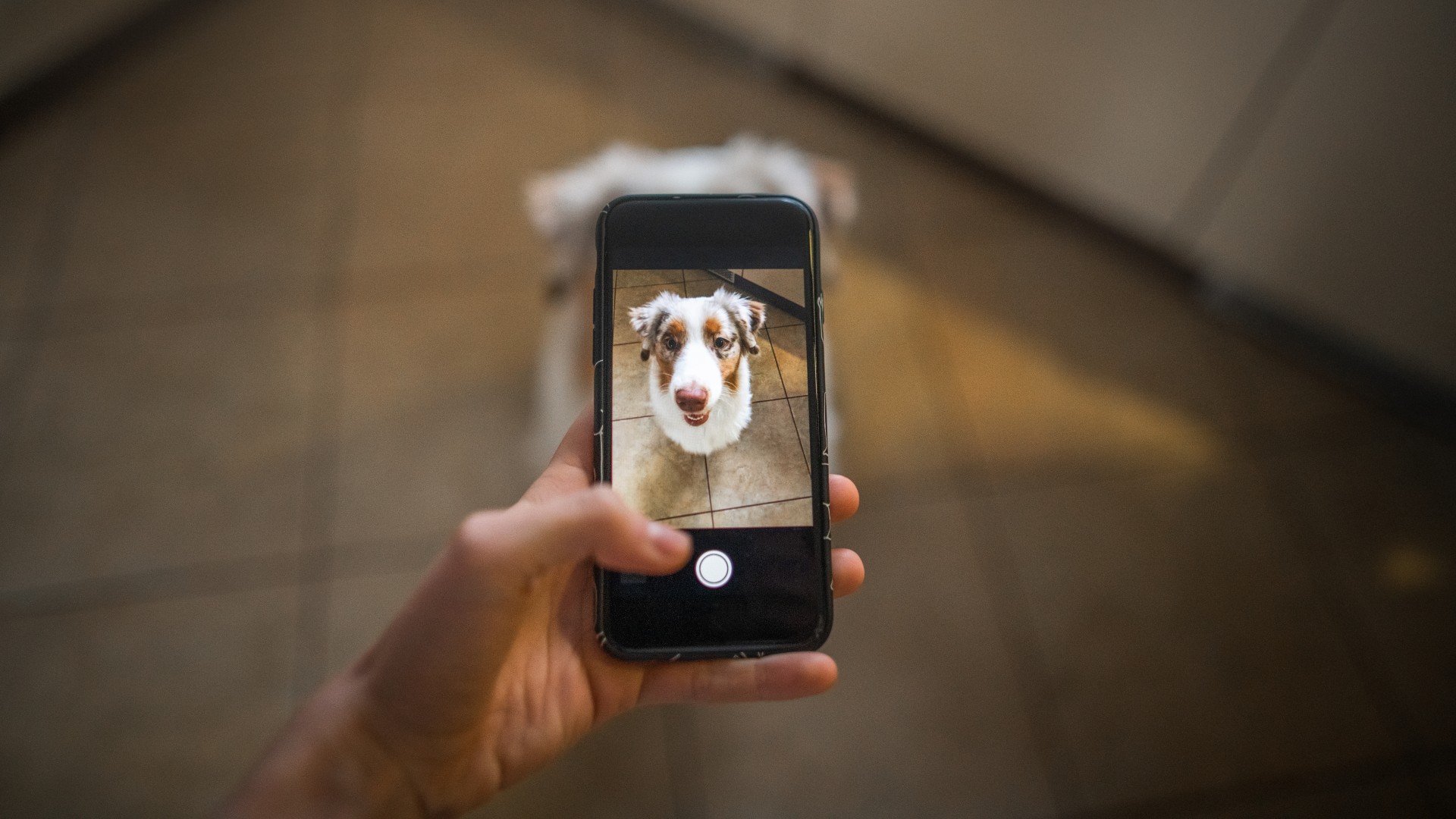
I know, you're probably wondering what on earth you need a photo of your pet for when they're right there beside you. But if you and your pet become separated for any reason, having printed photos of your fur friend can be really beneficial.
These photos will let you organize a search party, print out flyers, or circulate images on social media. And they don't have to show your pet at their best either. Roxy had a resting grumpy face the entire time we were away but any photo is better than no photo if your pet makes a break for it like she did!
32. Consider if the trip is a necessary one for your pet
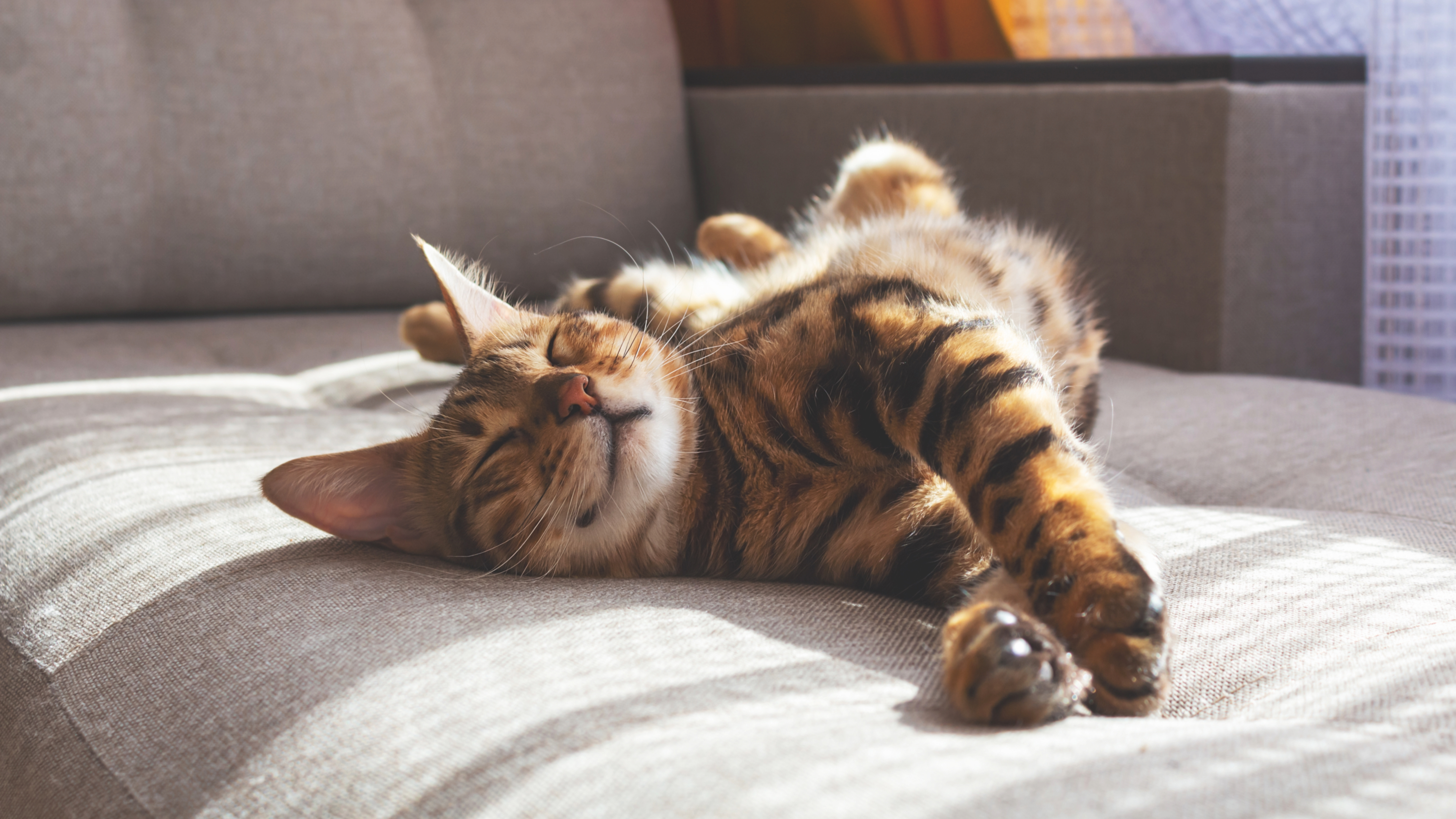
The reality is that some pets simply don't travel well. Yes, there are of course situations in which taking your fur friend with you is the best option. For us, the trip was an emergency family situation that arose suddenly and we didn't have time to organize a sitter or wait for a space to open up in a cattery, so having Roxy travel with us was the right decision.
But there are lots of other instances throughout the year where we wouldn't take her because we know that being in her own house is what's best for her. Think carefully about whether your pet needs to accompany you on your trip or whether there might be another option that would be less stressful for them.







